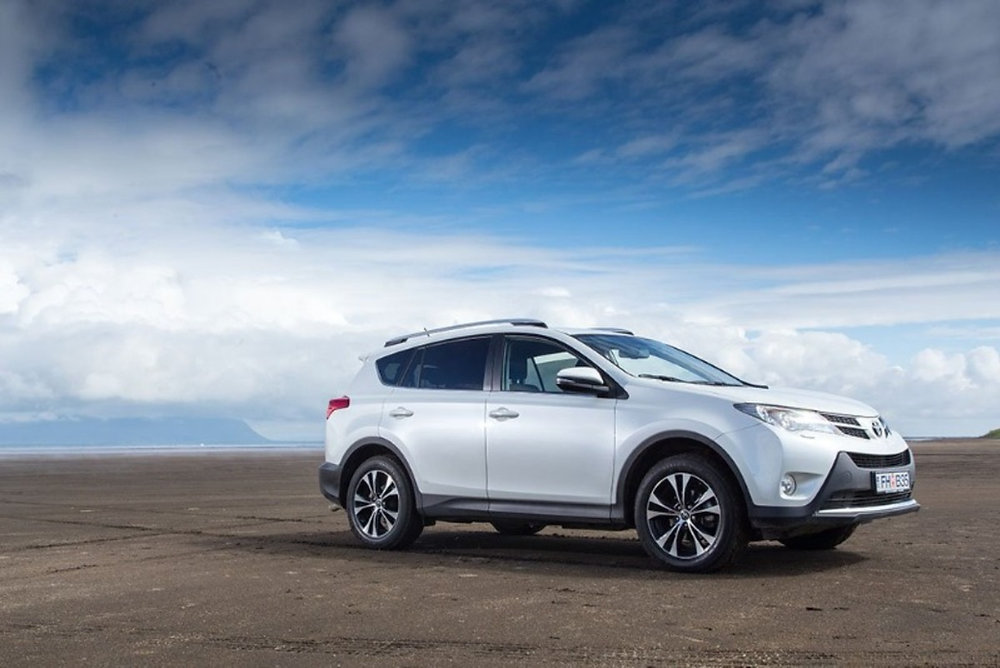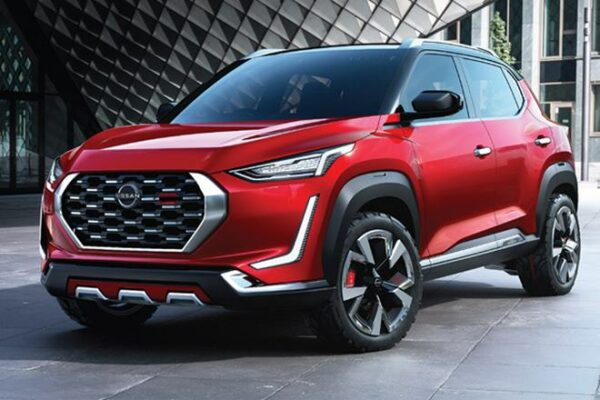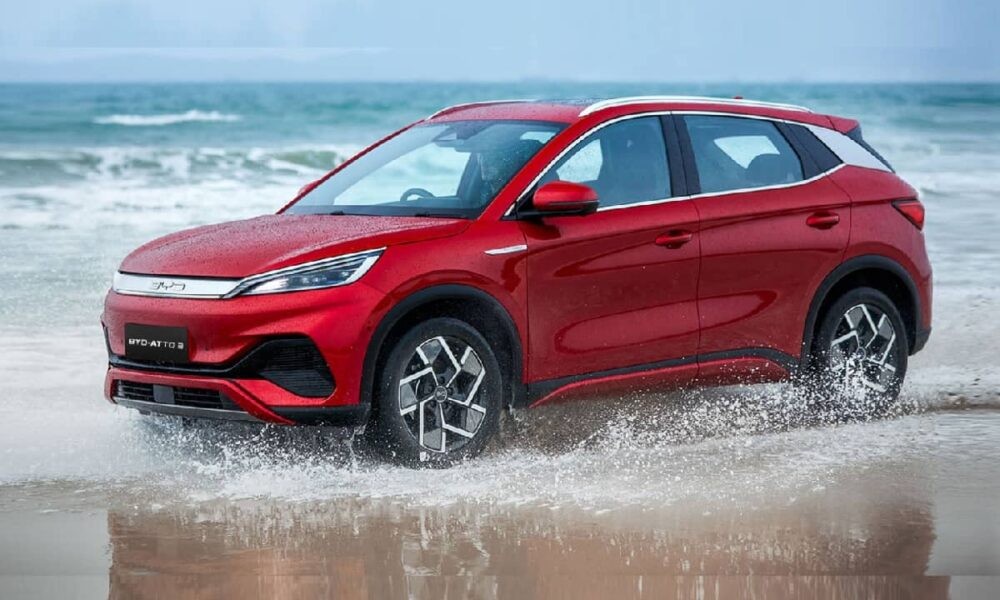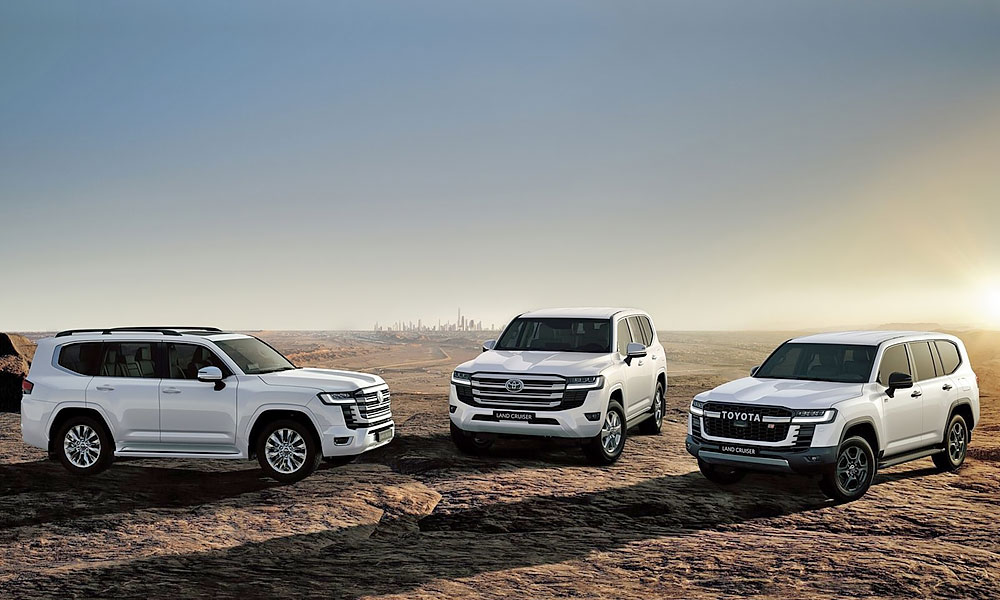
Comparing Compact, Midsize, and Full-Size SUVs: Which One Suits Your Needs?
When it comes to buying a new SUV, there are three main categories to choose from: compact, midsize, and full-size. Each category has its own unique set of features and benefits, so it’s important to understand the differences between them before making your purchase. In this article, we’ll compare the three categories and help you determine which one is best suited for your needs.
Compact SUVs
Compact SUVs are the smallest of the three categories and are known for their maneuverability and fuel efficiency. They are perfect for those who want the versatility of an SUV but don’t need the extra space or towing capacity of a larger vehicle. Some popular compact SUV models include the Honda CR-V, Toyota RAV4, and Mazda CX-5.
One of the main benefits of a compact SUV is their agility. They are easy to drive and park in tight spaces, making them great for city driving. They also tend to have better fuel economy than their larger counterparts, which can save you money on gas in the long run.
However, compact SUVs do have some limitations. They typically have less cargo space than midsize and full-size SUVs, which can be a drawback if you need to transport larger items. They also have less towing capacity, so they may not be the best choice if you need to tow a trailer or boat.
Midsize SUVs

Midsize SUVs are the middle ground between compact and full-size SUVs. They offer more space and towing capacity than compact SUVs while still being easy to maneuver on the road. Some popular midsize SUV models include the Ford Explorer, Jeep Grand Cherokee, and Nissan Murano.
One of the main benefits of a midsize SUV is their versatility. They offer more cargo space than compact SUVs, making them a great choice for families or those who need to transport larger items. They also have more towing capacity than compact SUVs, which can come in handy if you need to tow a boat or trailer.
However, midsize SUVs do have some drawbacks. They tend to be less fuel-efficient than compact SUVs, which can be a concern if you do a lot of city driving. They are also larger and less maneuverable than compact SUVs, which can make them more difficult to park in tight spaces.
Full-Size SUVs

Full-size SUVs are the largest of the three categories and are known for their spacious interiors and towing capabilities. They are perfect for those who need to transport a large family or tow heavy equipment. Some popular full-size SUV models include the Chevrolet Tahoe, Ford Expedition, and Toyota Sequoia.
One of the main benefits of a full-size SUV is their size. They offer the most cargo space and seating capacity of the three categories, making them a great choice for families or those who need to transport a lot of people or items. They also have the highest towing capacity, which is important if you need to tow a large trailer or boat.
However, full-size SUVs do have some drawbacks. They tend to be less fuel-efficient than both compact and midsize SUVs, which can be a concern if you do a lot of driving. They also tend to be more expensive than the other categories, both in terms of purchase price and maintenance costs.
Conclusion
When it comes to choosing the right SUV for your needs, it’s important to consider your lifestyle and driving habits. If you prioritize fuel efficiency and maneuverability, a compact SUV may be the best choice for you. If you need more space and towing capacity, a midsize SUV may be the way to go. And if you have a large family or need to tow heavy equipment, a full-size SUV may be the best option.
Ultimately, the choice comes down to personal preference and individual needs. By considering the differences between the three categories, you can make an informed decision and find the perfect SUV for your lifestyle.




